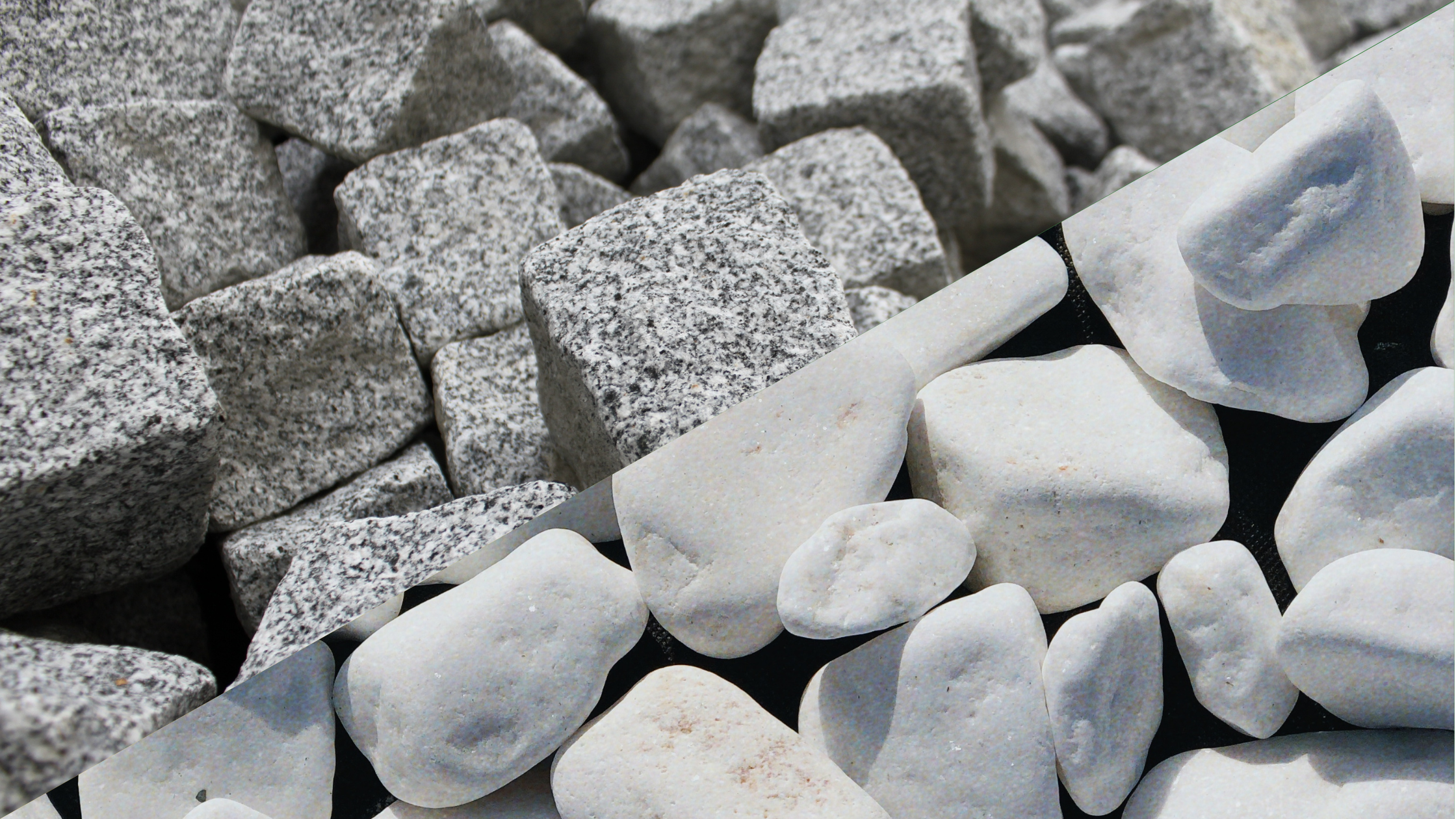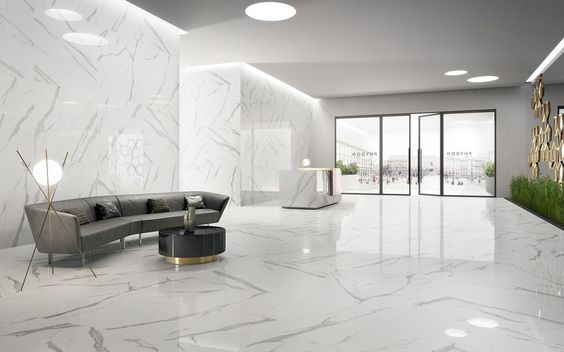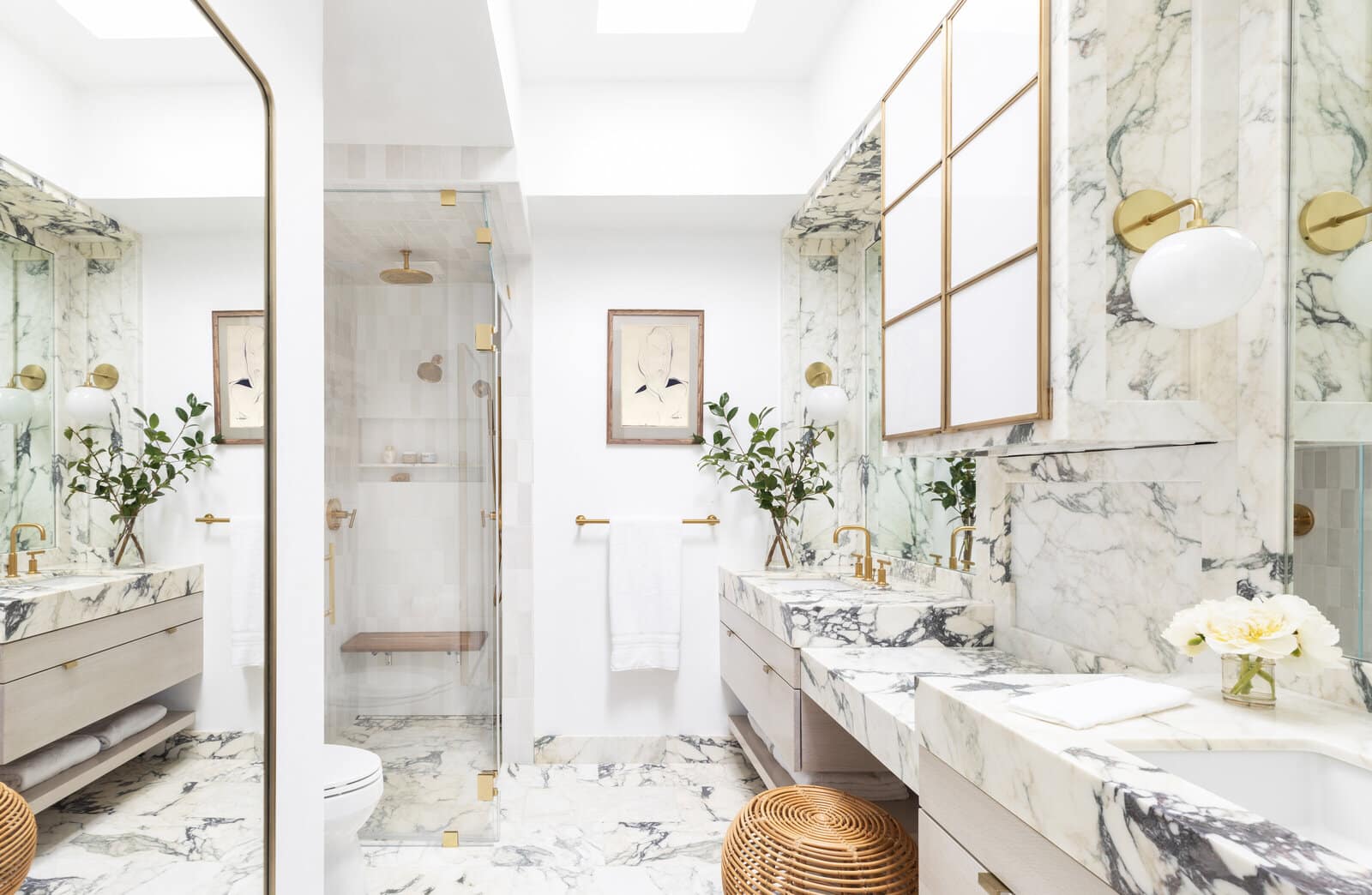
Exploring the Differences Between Marble and Granite
When it comes to choosing the perfect material for your countertops or flooring, two options often stand out: marble and granite. Both are exquisite natural stones that bring a touch of elegance and luxury to any space. However, it’s important to understand the distinctions between them to make an informed decision.
Formation:
Marble is formed when limestone undergoes a process of metamorphism due to heat and pressure. On the other hand, granite originates from the slow crystallization of molten magma deep within the Earth.
Appearance:
Marble is renowned for its timeless beauty and classic elegance. It typically features soft, flowing veining and a wide range of colors, including white, gray, and various shades of red and brown. In contrast, granite exhibits a speckled or mottled appearance with a variety of hues, from black and gray to pink and red.
Texture:
Marble boasts a smooth and polished surface, often described as silky to the touch. Granite, on the other hand, has a more textured surface due to the presence of visible crystals and mineral grains.
Durability:
Marble, while stunning, is a softer stone, making it more susceptible to scratches, chips, and stains. Granite, being a harder and more robust material, is known for its resistance to wear and tear.
Maintenance:
Marble demands a higher level of care. It is sensitive to acidic substances and requires regular sealing to protect against stains. Granite, with its superior durability, is less prone to staining and requires less frequent maintenance.
Usage:
Marble is often chosen for indoor applications, such as countertops, vanities, and floorings. In contrast, granite is versatile and can be used both indoors and outdoors, making it suitable for kitchen countertops, bathroom vanities, and even outdoor patios.
Heat Resistance:
Granite is highly heat-resistant, and hot pots and pans can be placed directly on its surface without causing damage. Marble, while it can handle some heat, is more susceptible to discoloration and may require protective measures.
Price:
Passive voice is used less often in discussing pricing, but it should be noted that granite tends to be more cost-effective than marble. Prices can vary based on the quality, rarity, and source of the stone.
Availability:
Granite is more readily available and can be found in a wider range of locations globally. Marble, in contrast, is often associated with specific regions, such as Carrara in Italy.
Popularity:
Both marble and granite have their admirers, but granite’s practicality and lower maintenance requirements have made it a popular choice for modern homes. Marble, on the other hand, maintains its timeless allure and remains a classic option.
In conclusion, while both marble and granite offer their unique attributes and charm, the choice between them largely depends on your specific needs and preferences. Whether you opt for the classic elegance of marble or the durability of granite, each stone brings its distinct character and beauty to your space.



